Image of the Day: January 2012
A Hazy Shade of Saturn
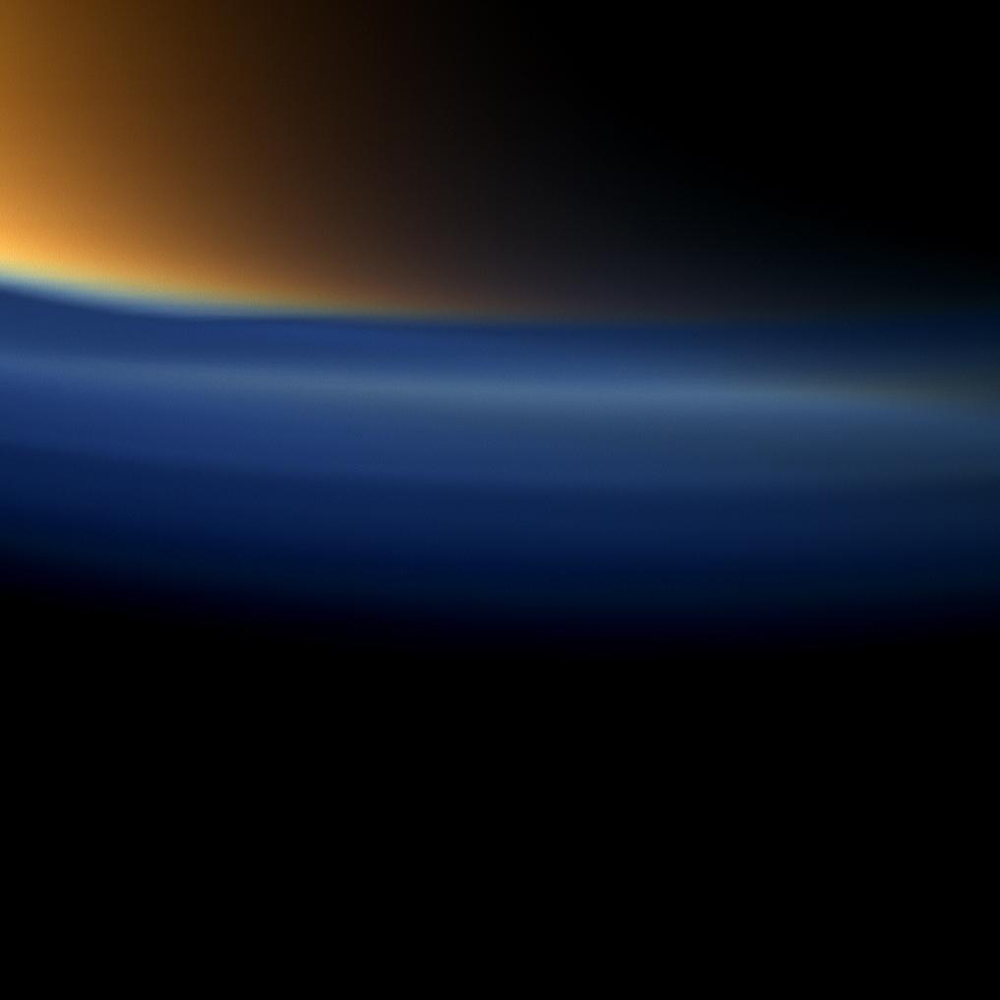
Monday, January 2, 2012: NASA's Cassini spacecraft looks toward the south polar region of Saturn's largest moon, Titan, and sees a depression within the moon's orange and blue haze layers near the south pole. The moon's high altitude haze layer appears blue, while the main atmospheric haze has an orange color. Particle size of the haze may explain the color difference. The blue haze likely consists of smaller particles than the orange haze. Images taken using red, green and blue filters combined to create this natural color view. Cassini obtained the images on Sept. 11, 2011 at a distance of approximately 83,000 miles (134,000 kilometers) from Titan.
— Tom Chao
My Mind Is Going — I Can Feel It
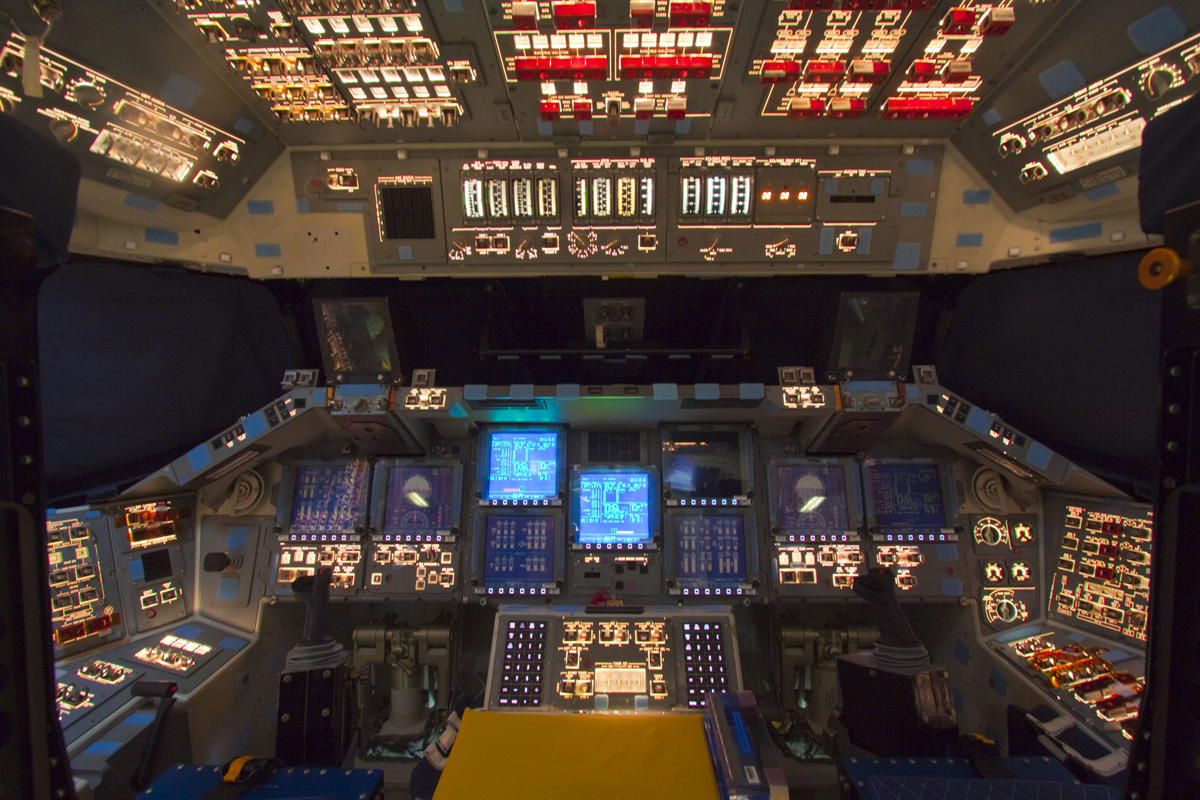
Tuesday, January 3, 2012: In this photo released December 21, 2011, the flight deck of space shuttle Atlantis' glows with light one final time during preparations to power down the orbiter. These preparations took place as Space Shuttle Program transition activities proceded in Orbiter Processing Facility-2 at NASA's Kennedy Space Center in Florida. Atlantis will go on display in 2013 at the Kennedy Space Center Visitor Complex. [See our exclusive gallery, Photos: Rare Last Look Inside Shuttle Atlantis, by collectSPACE editor Robert Pearlman.]
— Tom Chao
Self Portrait
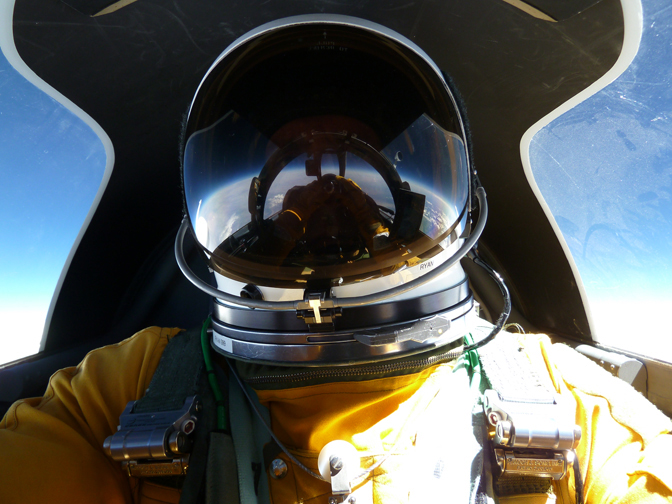
Wednesday, January 4, 2012: NASA research pilot Tom Ryan manages a self-portrait while streaking over New Mexico in the ER-2 Earth Resources aircraft on a high-altitude mission carrying the MABEL laser instrument in April 2011. MABEL (Multiple Altimeter Beam Experimental Lidar) will demonstrate the photon-counting altimetry approach to simulate measurements from NASA's next ice-observing satellite, ICESat-2, scheduled for launch in 2016.
— Tom Chao
Pink, It's My New Obsession
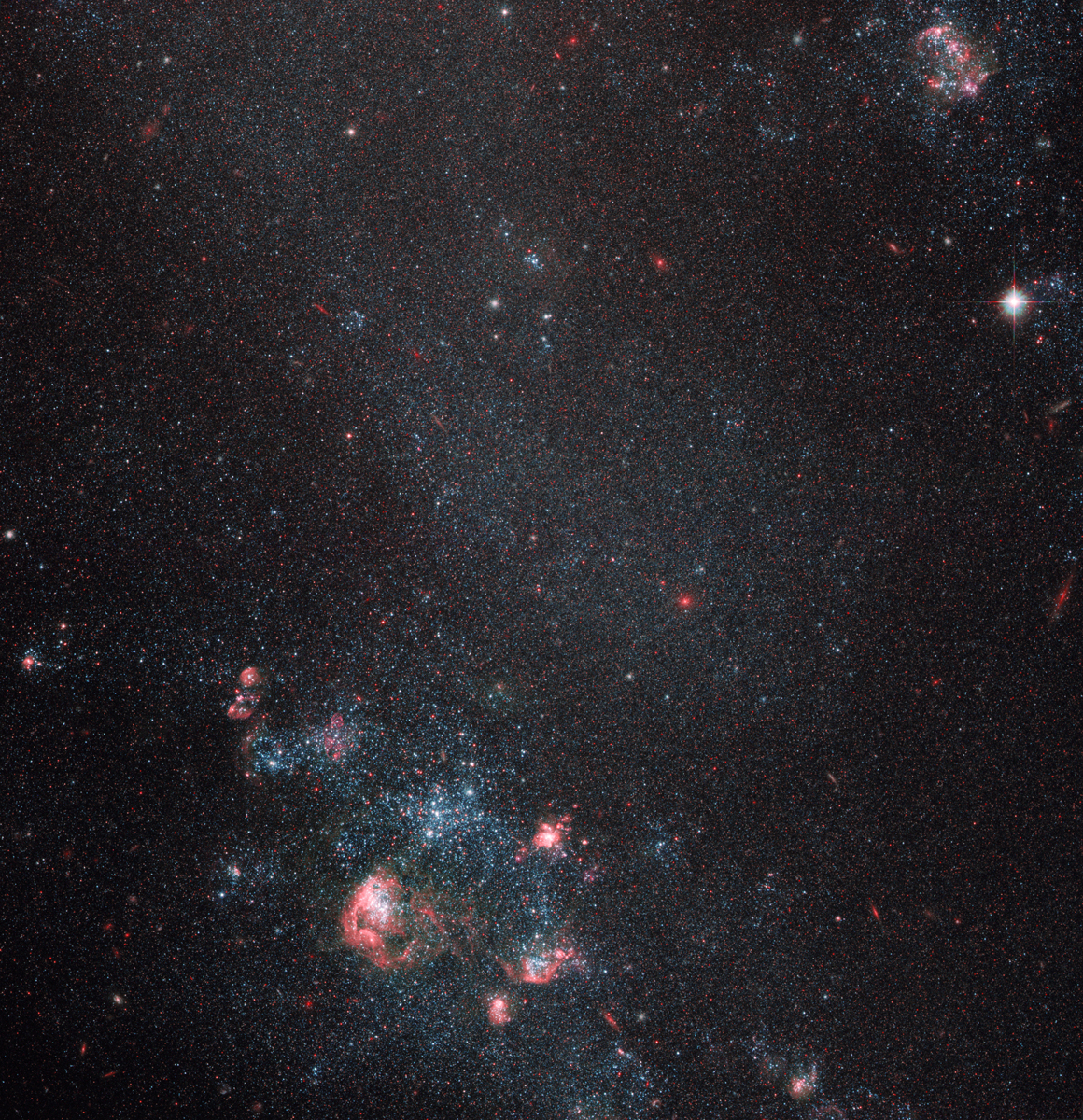
Thursday, January 5, 2012: Object IC 2574, a dwarf irregular galaxy, contains pink bubbles blown by supernova explosions The color of these shells derives from hydrogen gas irradiated by newborn stars. Shock waves from earlier supernova detonations that compressed material together triggered formation of the stars. IC 2574 is commonly known as Coddington's Nebula after the American astronomer Edwin Coddington, who discovered it in 1898. IC 2574 is located about 12 million light-years away, belonging to the Messier 81 group of galaxies.
— Tom Chao
Off the Florida Keys
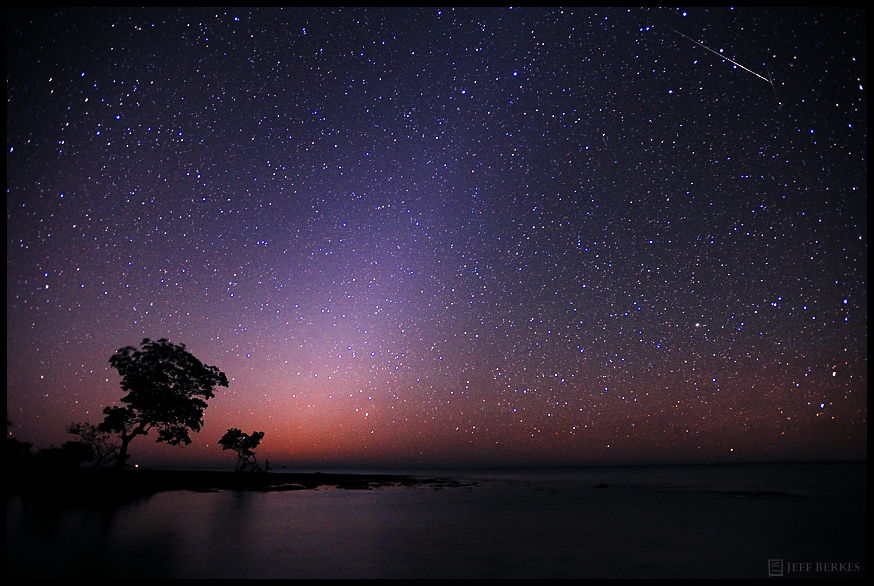
Friday, January 6, 2012: Astrophotographer Jeff Berkes took this photo Jan. 4, 2012, and said: "[I] went to the Florida Keys where it wasn't all that warm, with wind chills in the 30's. I captured at least a dozen meteors and counted about 100. This year was certainly better than last year. The zodiacal light could been seen for a good hour before dawn started, as seen on the one side of the photo."
— Tom Chao
The Dot and the Line
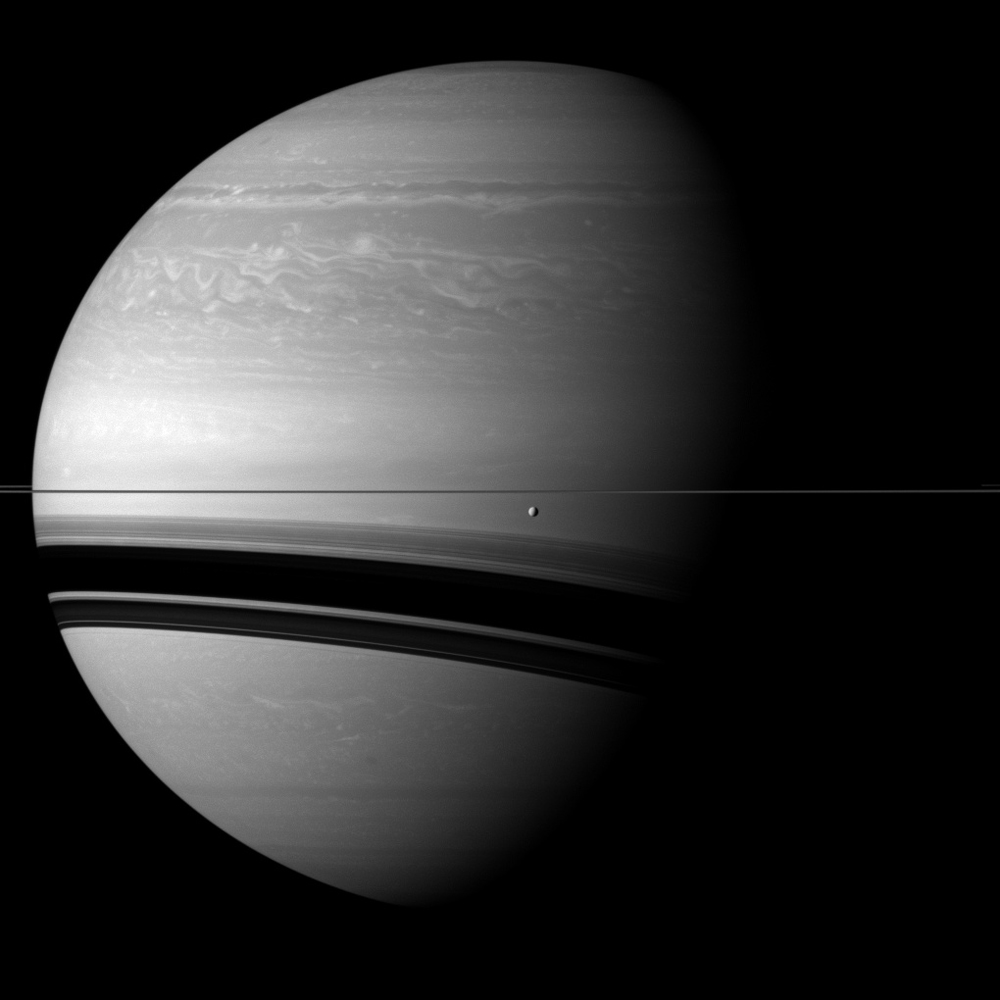
Monday, January 9, 2012: Cassini spacecraft's wide-angle camera caught Saturn's moon Tethys in front of wide shadows cast by the planet's rings. Tethys, which measures 660 miles (1062 kilometers) across, appears just below the rings near image center. This view shows the northern, sunlit side of the rings from less than one degree above the ring plane. Cassini took this picture on Dec. 7, 2011.
— Tom Chao
Windows 7
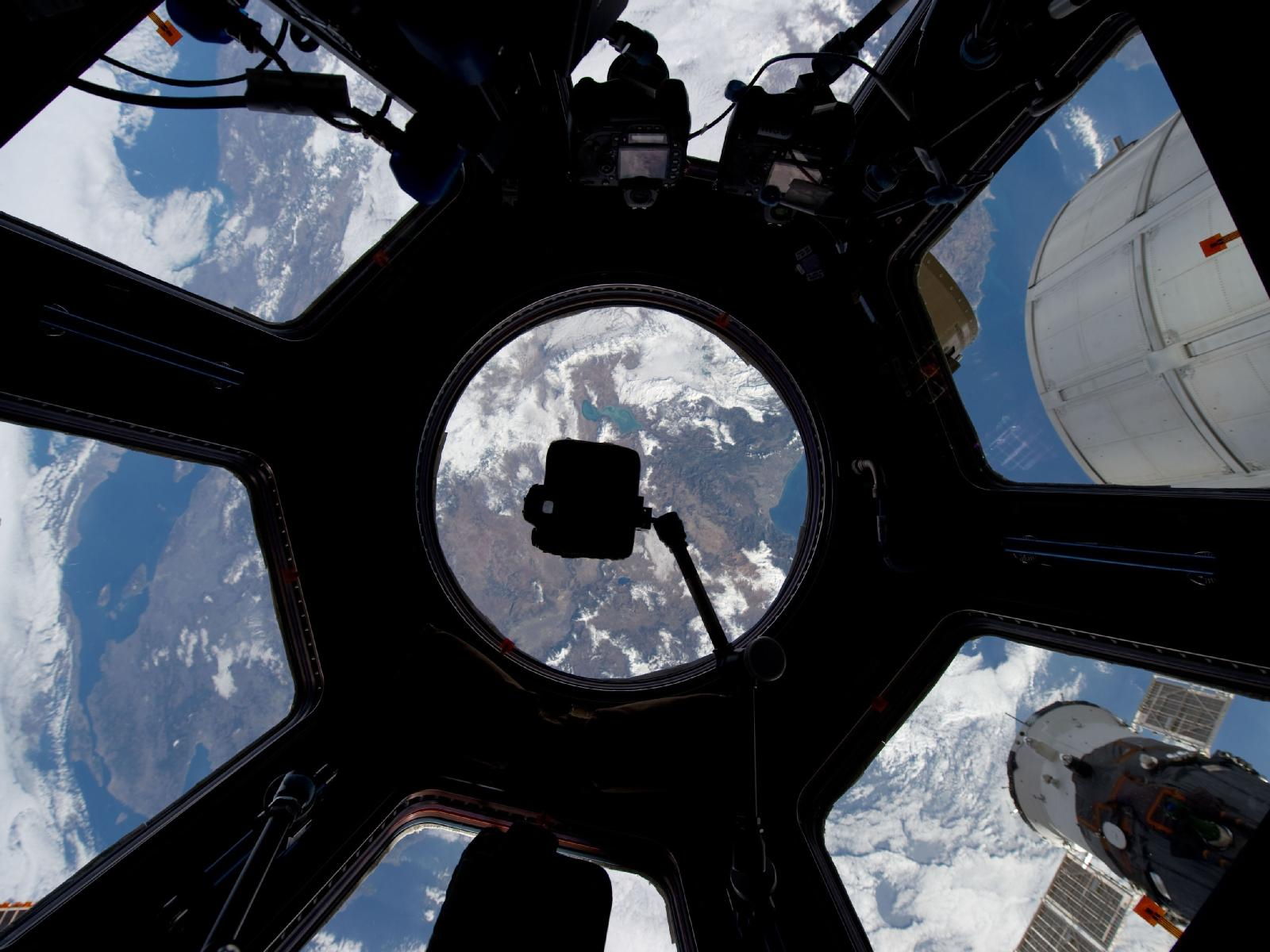
Tuesday, January 10, 2012: Earth gleams through the seven windows of the Cupola in the International Space Station. A lake, Egirdir Golu in Turkey, seems to float just above the camera (on bracket) at center. Also, a Russian Soyuz spacecraft docks to the station at lower right, and part of the Permanent Multipurpose Module (PMM) appears just above it. An Expedition 30 crew member took the picture on Dec. 29, 2011.
— Tom Chao
Get the Space.com Newsletter
Breaking space news, the latest updates on rocket launches, skywatching events and more!
Drop Me in the Water
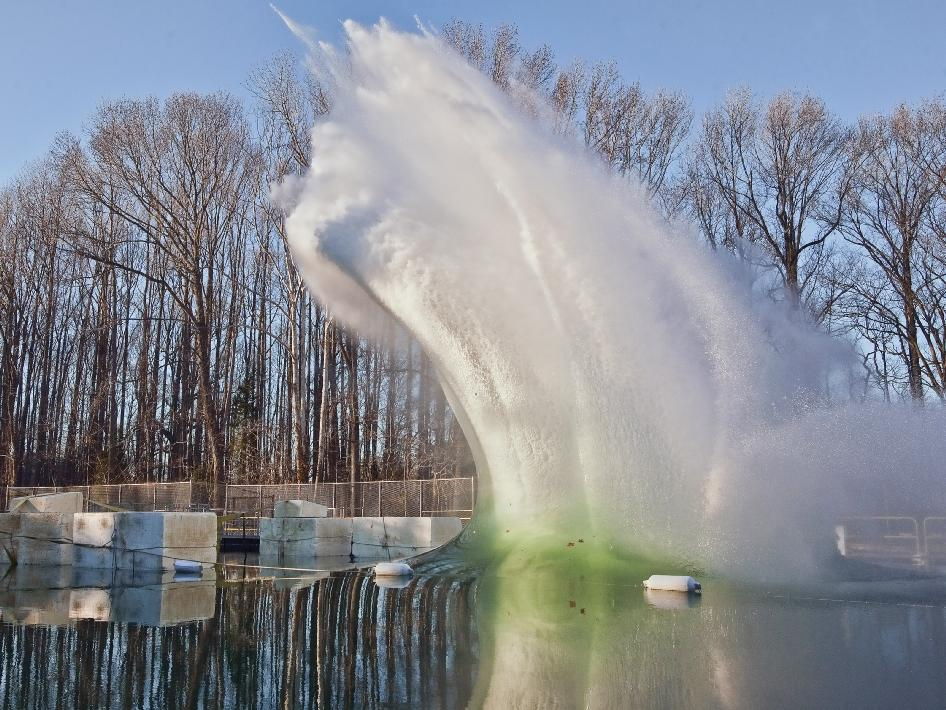
Wednesday, January 11, 2012: Completely obscured by this enormous plume of water, an 18,000-pound (8,165 kg) Orion mockup plunged into NASA Langley Research Center's Hydro Impact Basin on Jan. 6, 2012. Orion is NASA's next deep space exploration vehicle. The tests simulated different water landing scenarios. The January 6 test represented a worst-case scenario of an abort in rough seas. The test impact conditions simulated all parachutes being deployed with a high impact pitch of 43 degrees. The capsule traveled approximately 47 mph (75.6 kph) before splashing into the basin and rolling over, upside down. The Orion flight design will feature an onboard up-righting system.
— Tom Chao
Have a Cigar
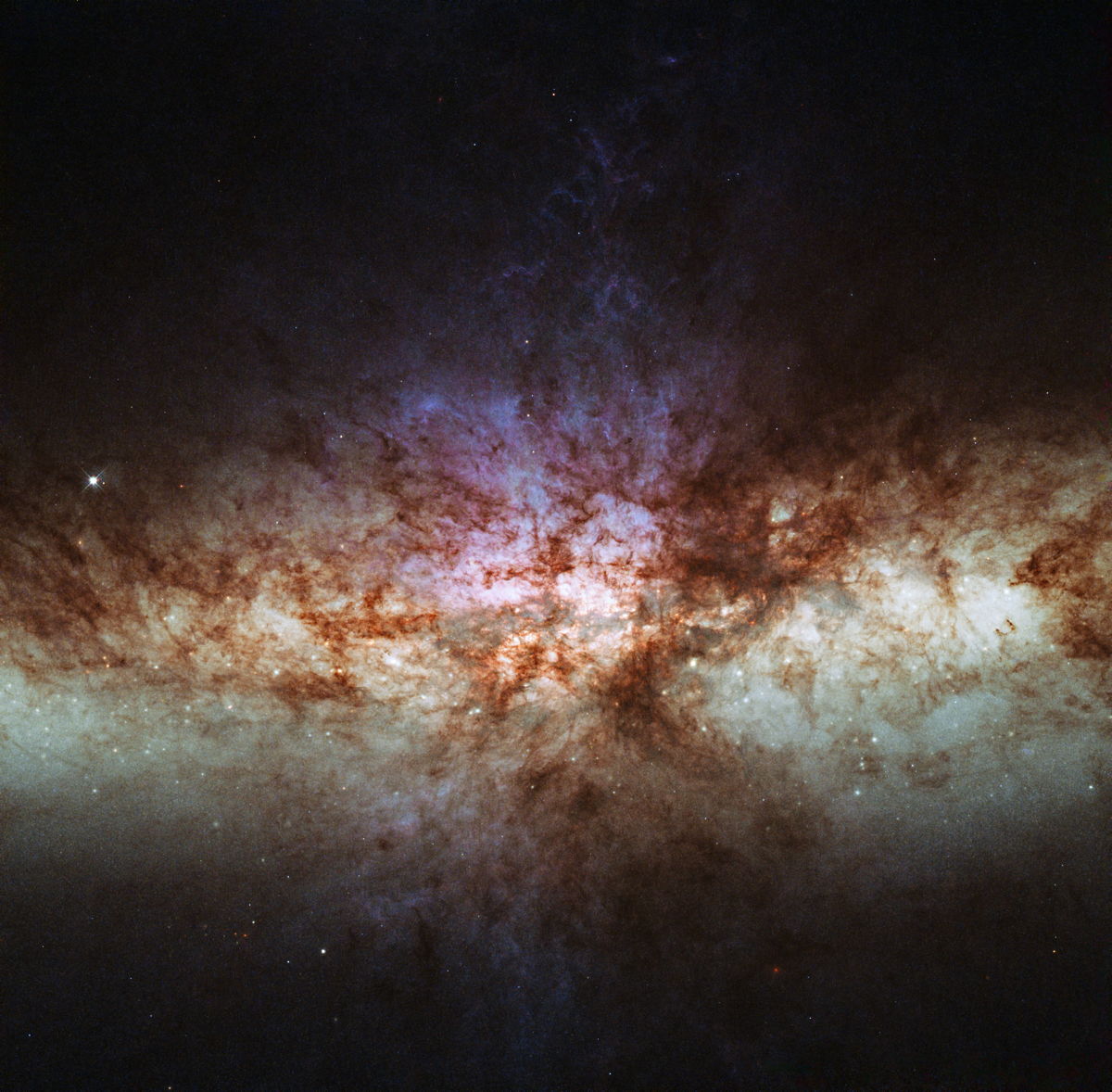
Thursday, January 12, 2012: Messier 82 (M 82), also known as the Cigar Galaxy, looks very different in this new Hubble image, the most detailed view ever of the core of this galaxy. Previous images show a galaxy ablaze with stars. This image looks quite unlike them, dominated instead by glowing gas and dust. Filters transparent only to the wavelengths emitted by specific chemical elements isolated the light from glowing gas clouds, while blocking out much of the starlight. Thus the stars appear faint in this image, and the dust lanes are sharply silhouetted against the brightly glowing gas clouds. The starburst galaxy lies about 12 million light-years away in the constellation of Ursa Major (The Great Bear).
— Tom Chao
Spokes for the Wheel
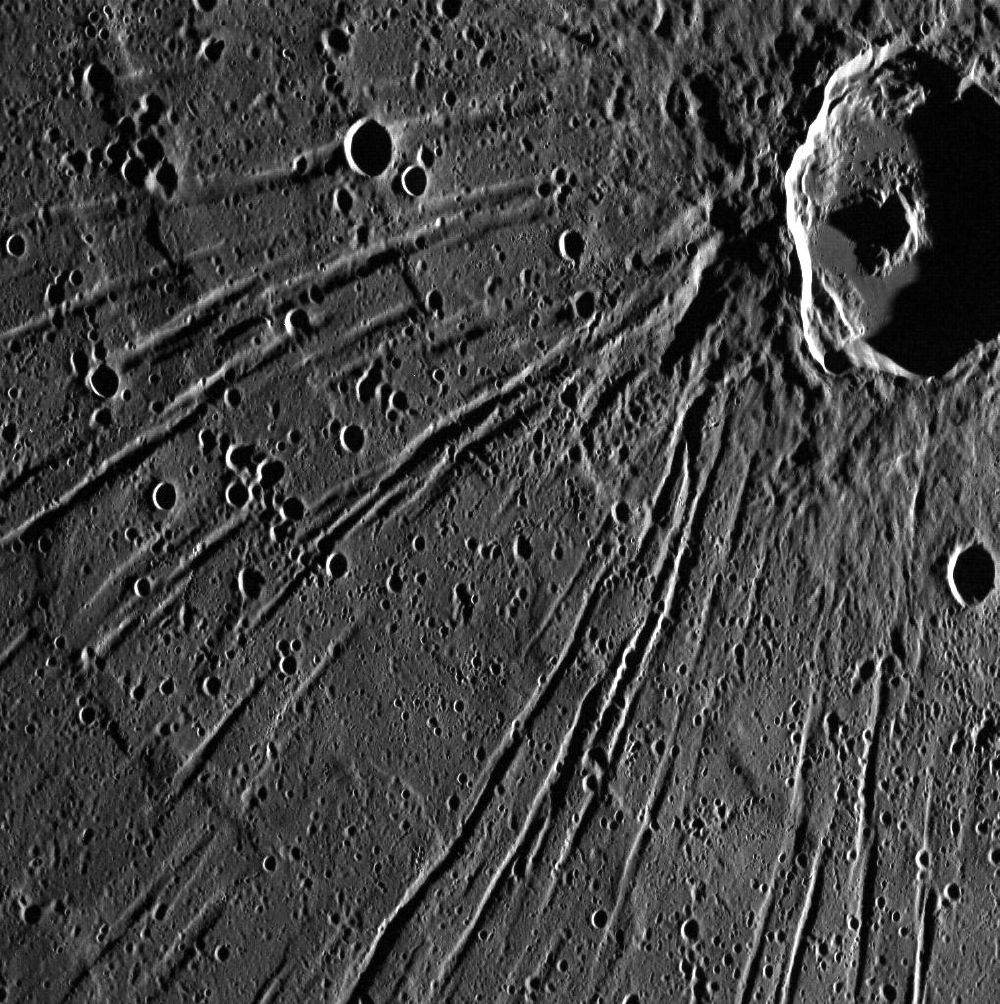
Friday, January 13, 2012: Crater Apollodorus on Mercury lies at the upper right of this image obtained by the MESSENGER spacecraft. The Pantheon Fossae structure, a complex system of extensional troughs located near the center of the Caloris basin, appears to radiate from the crater. However, scientists do not believe the crater and trough system are related. North is located at the bottom of this image.
— Tom Chao
Cosmik Debris
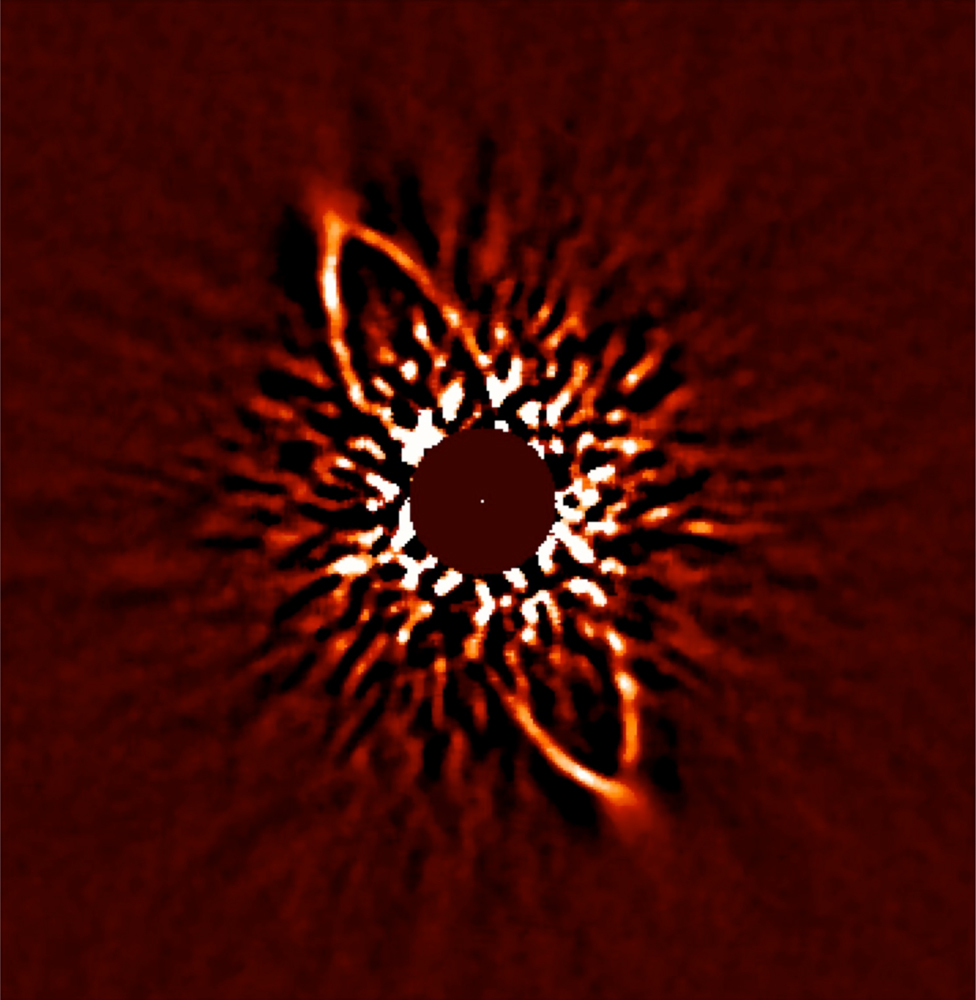
Monday, January 16, 2012: Japan's Subaru telescope obtained an image of star HR 4796 A so detailed that it confirms the dust ring surrounding the star does not circle in an orbit precisely centered on the star. Researchers suspect the gravitational force of one or more planets orbiting in the gap within the ring pulls at the dust, causing the offset. However, any potential planets causing the dust ring to wobble are too faint to detect with current instruments. HR 4796 A, a young star (8-10 million years old), lies only 240 light years away from Earth.
— Tom Chao
Join our Space Forums to keep talking space on the latest missions, night sky and more! And if you have a news tip, correction or comment, let us know at: community@space.com.

Space.com is the premier source of space exploration, innovation and astronomy news, chronicling (and celebrating) humanity's ongoing expansion across the final frontier. Originally founded in 1999, Space.com is, and always has been, the passion of writers and editors who are space fans and also trained journalists. Our current news team consists of Editor-in-Chief Tariq Malik; Editor Hanneke Weitering, Senior Space Writer Mike Wall; Senior Writer Meghan Bartels; Senior Writer Chelsea Gohd, Senior Writer Tereza Pultarova and Staff Writer Alexander Cox, focusing on e-commerce. Senior Producer Steve Spaleta oversees our space videos, with Diana Whitcroft as our Social Media Editor.









